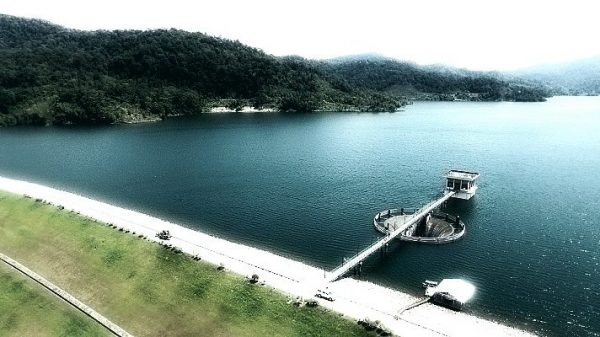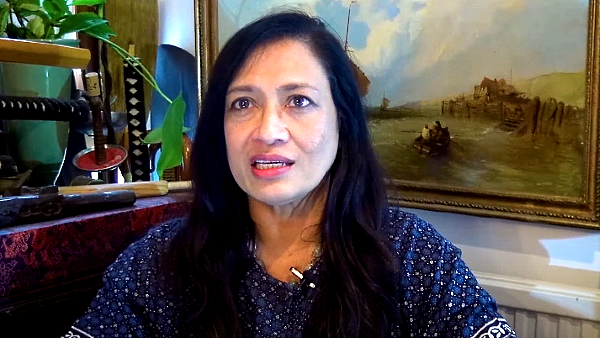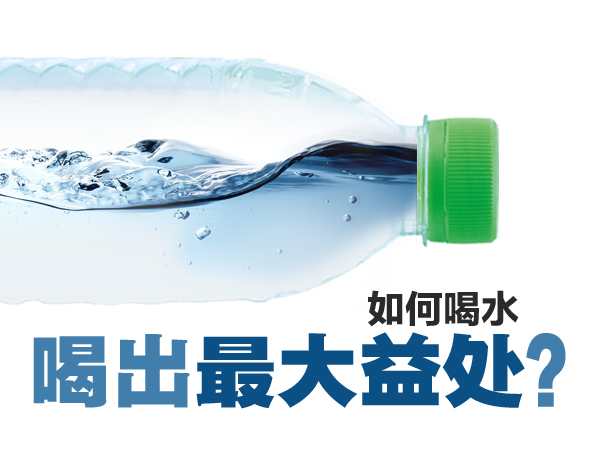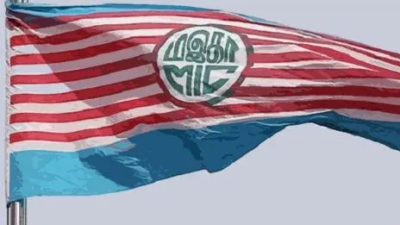By Dr Lye Chuan Way
 Days before the Prime Minister announced the lifting of the travel ban on October 3, residents of Klang Valley were treated with another news, “Early notice of scheduled water supply disruption following upgrading and maintenance works for critical assets in Sungai Selangor phase 1 water treatment plant” on the first day of October.
Days before the Prime Minister announced the lifting of the travel ban on October 3, residents of Klang Valley were treated with another news, “Early notice of scheduled water supply disruption following upgrading and maintenance works for critical assets in Sungai Selangor phase 1 water treatment plant” on the first day of October.
The water disruption is starting from 9:00 am October 13 and is expected to fully recover at 9:00 pm October 16.
Water and diamond are both valuable items but different at the same time. The diamond-water paradox is the contradiction that although water is overall more useful in terms of survival than diamonds, diamonds command a higher price in the market.
As a two-year-old resident in Klang Valley, I have experienced more water cuts here in terms of event counts, than my entire life combined.
As we are facing an impending water disruption, I would like to draw the reader’s attention to “Day Zero”, a shorthand reference for the day when the water level of major dams supplying the city could fall below critical value.
Cape Town, South Africa, was on its way to become the first major city in the world to run out of water over mid-2017 to mid-2018.
The city implemented a series of water restrictions in a bid to curb water wastage, and succeeded in reducing its daily water usage by more than half in March 2018.
Last year, the National Water Services Commission (SPAN) reported that per capita water consumption in Peninsular Malaysia and Labuan had spiked to 230 liters per capita per day in 2019, up from 226 liters in 2018 and 222 liters in 2017, when in contrast our national reserve margin is among the lowest since 2008.
The government aims to reduce water consumption to 180 liters per capita per day by 2025. The current water consumption of Malaysians is at 219 liters per capita per day, compared to the recommended 160 liters per day.
This is a 18.3% reduction from now by 2025 and further 9% reduction to reach the recommended rate of usage.
Some may wonder do we really use that much water daily, 220 liters? What and where are the activities in which water is used?
Firstly, drinking, which may be the least, may go up to 2 liters daily. Secondly, washing in the kitchen may take up to 40 liters per day. Next, toilet flushes which may go up to 30-40 liters per day.
Here comes the heavy ones, laundry and baths may take up to 100 liters each time. On top of them, there is also gardening and pool for some.
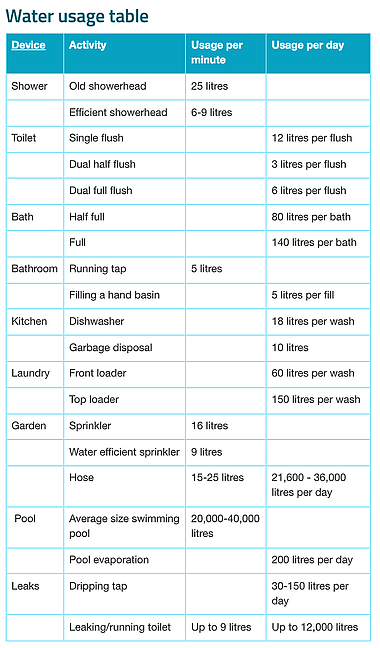 There are few suggestions to spend water wisely:
There are few suggestions to spend water wisely:
– Turn off the tap while brushing your teeth;
– Wash only full loads of dishes and clothes or lower the water settings for smaller loads;
– Try not to overwater the landscaping. Learn the plants’ water needs and water different types appropriately;
– Water the garden during the cool morning hours as opposed to midday to reduce evaporation.
For Cape Town itself, Day Zero hasn’t disappeared, it’s merely been delayed.
What about Malaysia? Do we need to face with such crisis of scarcity before we fully appreciate and spend water wisely?
Sources:
Heggie J, (2020). Day Zero: Where next? National Geographic Society
Unitywater (2018). Daily water usage activities.
Groton Utilities (2017). Use Water Wisely.
ADVERTISEMENT
ADVERTISEMENT







